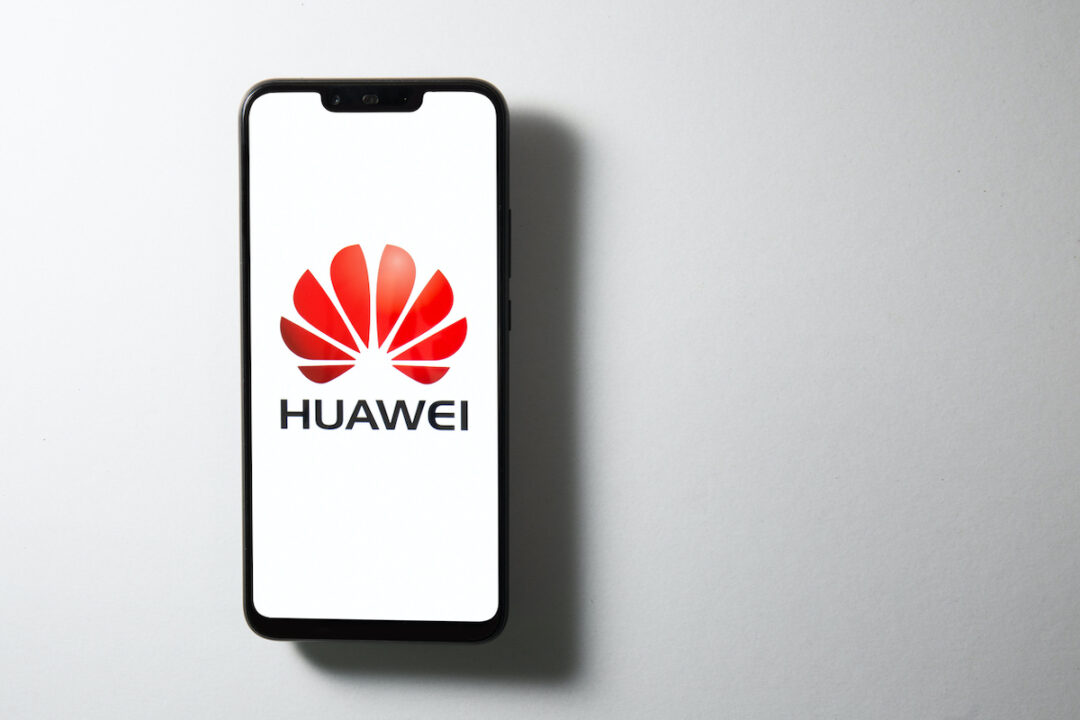
Visit Our Sponsors |
|
|
|
|
|
|
|
|
|
|
|
|
|
|
|
|
|
|
|
|
|
|
|
|
|
|
|
|
|
|
|
|
|
|
|
|
|
|
|
|
|
|
|
|
|
|
|
|
|
|
|
|
|
|
|
|
|
|
|
|
|
|
|
|
|
|

Photo: iStock.com/fongfong2
Chinese state media jumped aboard a groundswell of national pride surrounding Huawei Technologies Co.’s latest smartphone, portraying the gadget as a technological marvel that delivered a much-needed victory over U.S. sanctions.
The Global Times framed the device — which debuted without warning on online malls just as U.S. Commerce Secretary Gina Raimondo shuttled between Beijing and Shanghai — as a repudiation of the U.S.’s efforts to contain China and a triumphant return for Huawei’s self-designed Kirin chips. The media outlet, backed by China’s Communist Party, led a chorus of vociferous columns from state-affiliated outlets crowing over Huawei’s revival after having been denied access to critical American technology for years.
Speculation swirled online that the device achieved 5G capabilities, which would make it the first such handset since the Shenzhen-based electronics firm lost access to advanced chipmaking technologies in 2020. The firm has so far kept quiet about the provenance and capabilities of the chip inside its new Mate 60 Pro, and Bloomberg News wasn’t able to verify the authenticity of those reports.
Read more: U.S. Now Restricting Nvidia A.I. Chip Exports to the Middle East
Huawei is one of the world’s biggest telecommunications providers and briefly stood alone as the globe’s biggest smartphone maker. It’s been the focus of American trade curbs due to fears about its links to the Chinese government, which has treated it like a national champion.
“The resurgence of Huawei smartphones after three years of forced silence is enough to prove that the U.S.’s extreme suppression has failed,” the editorial said. “This also serves as a microcosm of the U.S.-China tech war, reflecting the entire process and foreshadowing the final outcome.”
In recent years, Huawei has become a rallying cry for Chinese nationalists who protest a growing tide of American sanctions against their country and a symbol of the country’s global clout. Chinese chip-related and Huawei-supplier stocks surged on the Mate 60 Pro news, though some gave up their gains August 31. The timing of Huawei’s handset release was seen by many in China as deliberately chosen to coincide with the visit by Raimondo, whose department is central to implementing U.S. sanctions.
On Weibo, an account affiliated with a state TV station posted a photo of Raimondo with a watermark saying it was shot with Huawei’s Mate 60 Pro. The topic was taken up by Chinese netizens and got more than 200 million views. Patriotic fervor erupted in the comments, accusing U.S. officials of fabricating reasons for blacklisting Chinese firms.
“It tells us how successful the Chinese government has been in rallying the population around its tough policy vis-a-vis the West,” said Yinan He, an associate professor in international relations at Lehigh University.
Read more: Huawei Accused of Building Secret Manufacturing Facilities in China
“You would think that the Chinese public is probably suffering from the policy, but instead they are still, for the most part, supporting the government and buying the government’s narrative about the United States being hostile to us and trying to contain China’s development and simply being anti-China.”
The sentiment across social media was summed up by the Global Times, which said that, whether Raimondo paid attention or not, “these voices should be heard by her and more Americans and have an impact on Washington’s stance.”
Concluding on an upbeat note, the editorial said China would welcome any respite from American trade curbs, and a return to their previous trade arrangements would ensure that “both China and the U.S. can better leverage their respective comparative advantages and create more wonderful things that can change the world.”
RELATED CONTENT
RELATED VIDEOS
Timely, incisive articles delivered directly to your inbox.

